With a broad flourish, writer Rudyard Kipling described nineteenth century San Francisco as “a mad city, inhabited for the most part by perfectly insane people whose women are of remarkable beauty.” I stand in pretty Huntington Park; it crowns this city’s most prestigious mound, Nob Hill, considering the twenty-first century San Franciscans ambling past or sunning themselves here. None seems notably nutty.
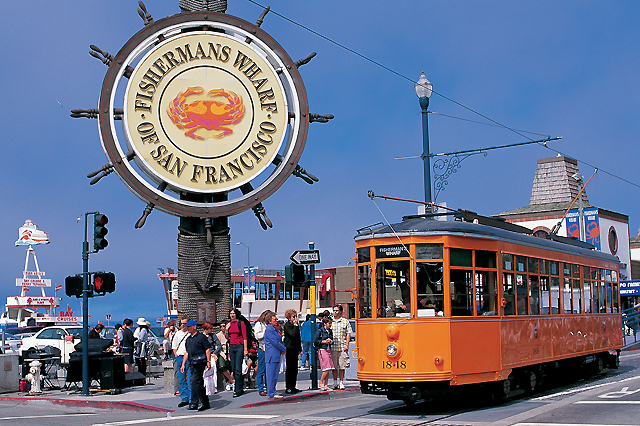
Steep streets fall away from this impressive rise once known as Snob Hill. At the foot of them, I can see framed blue panes of the bay. Looking around, I spot two San Francisco icons: the cat’s-cradle spans of the Bay Bridge and infamous Alcatraz, a gloomy ship-shaped thing grounded mid-harbour and going nowhere, a feeling that its inmates knew well. Nearby, cable cars grind their way up and down those Dirty Harry-meets-Mrs Doubtfire hills. Jumping on a rattler that could be called A Toast-Rack Named Desire, I descend in pursuit of painted ladies.
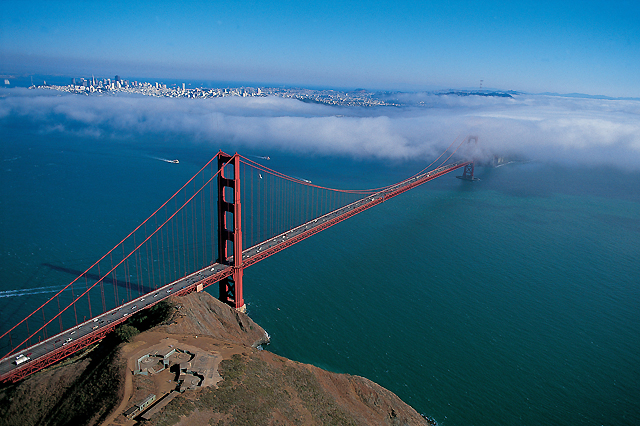
Kipling was much struck by San Francisco’s beautiful women, as opposed to its “painted ladies,” of which there are some 14,000. They are, in fact, the handsome, Victorian-era houses that line the city’s historic suburbs. Fussy with turrets, garrets, shingles, bay windows, balustrades, and general folderol, these multi-storey dowagers now are highly sought after and, indeed, much painted, then repainted. To see them, I wander around Pacific Heights, Russian Hill, Upper Fillmore, Union Street, and Haight-Ashbury.
“If San Franciscans have a Haight Street errand, we never do it on a weekend, warns my friend Gina. On a Saturday afternoon, as the traffic creeps at glacial pace down sunny Haight Street, I see what she means. Every visitor in town seems to be here, shopping for music, books, and street fashions, or just hitting the Haight’s cafes and restaurants. At the cosmically renowned intersection of Haight and Ashbury streets, an ice-cream parlour offers, among other licks, a “Cherry Garcia.” I forego this scoop of sacrilege and hike a few blocks further up Ashbury, to number 710, an exemplary Victorian “lady” that was home during 1967’s fabled Summer of Love to the late Jerry Garcia himself and most of the Grateful Dead.
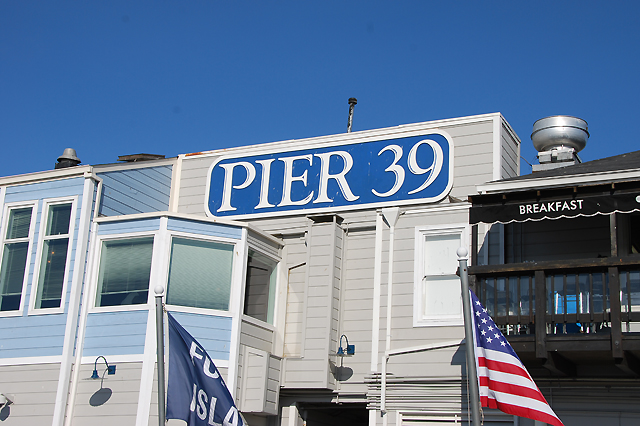
Fine restaurants, cool boutiques, great performances: San Francisco has all of these. But one of its greatest glories is its walks. You can pad in the footsteps of — name your muse — be it Dashiell Hammett, the Jefferson Airplane, Armistead Maupin, Janis Joplin, Jack Kerouac, or Isadora Duncan. The Haight in particular lends itself to this pedestrian pilgrimage and, with the help of a guidebook, I track down a few haunts of not only The Dead but also Jimi Hendrix and Jack London. With alumni like these, I understand why another pal Golda, a writer, says, “It’s a city that just dares you to be creative.”
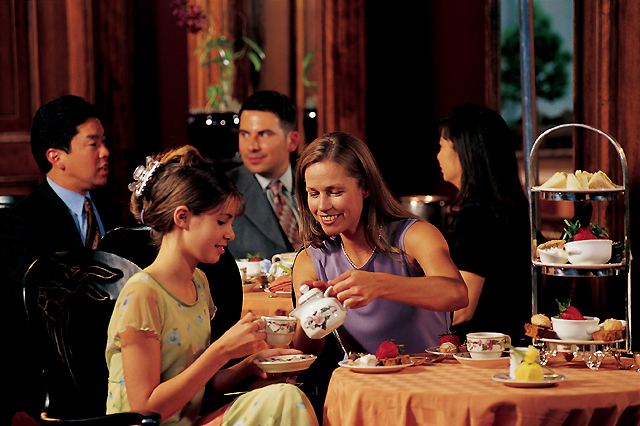
“When you get tired of walking around in San Francisco, you can always lean against it,” observed some wit. Instead I sit on it, enjoying a good mezze lunch at a deli on Haight Street before heading back to Nob Hill and the Huntington Hotel. From here, I can look out across a skyline of spires, gargoyles, and a patriotic flap of American flags. As fog gathers in the dish of the bay and twilight settles on the city, I see what the poet George Sterling Glade meant when he called it, “O cool, grey city of love!”
Like many of the gracious buildings on Nob Hill, such as Grace Cathedral and the Pacific Union Club, my hotel carries a pedigree. Built in 1924, the elegant 12-storey hotel (named after Wild West railway baron C. P. Huntington) has remained one the city’s best retreats; in the guest register are the autographs of Princess Grace, Paloma Picasso, Pavarotti, Alistair Cooke, and Placido Domingo, plus sundry Vanderbilts and Rothschilds. In its Big Four restaurant, the combined effects of a log fire, a cocktail or two, and the pianist’s spell almost can tweak you back to the roaring days of the “big four” robber barons who built their mansions on Nob Hill.
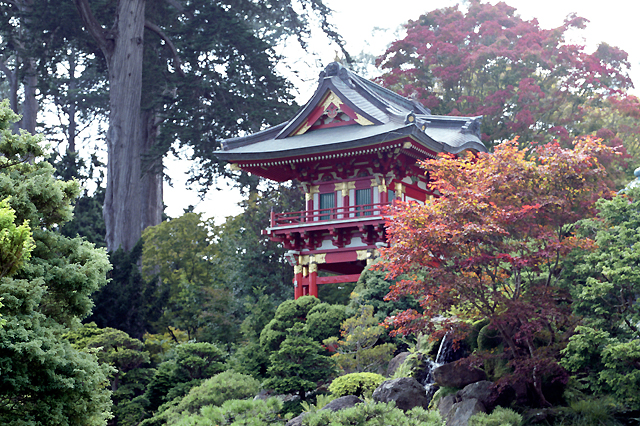
A man who would know, Paul Kantner of the Jefferson Airplane, quipped that “San Francisco is 49 square miles surrounded by reality.” One of the realities within that area is a dubious balancing act: ten millionaires are created here each day, as are ten homeless people. In this city of hills and hollows, where topography and income graphs somehow seem overlaid, the visitor can’t help but notice the large number of homeless people. As lost for an explanation as for a solution to this indictment of their otherwise fair city, one middle class San Franciscan woman only can offer an exasperated, “It seemed to start with Ronald Reagan …”
For a different reality check, take a 30-minute drive north across the Golden Gate Bridge, or a great ferry ride, to Sausalito, a picturesque, bourgeois-bohemian enclave in south Marin County. The boutiques are rather touristy, but wander around the marina where enviable houseboats — some elaborate and luxurious, others just eccentric — grace the piers. Enjoy a long late lunch here at a waterfront restaurant.
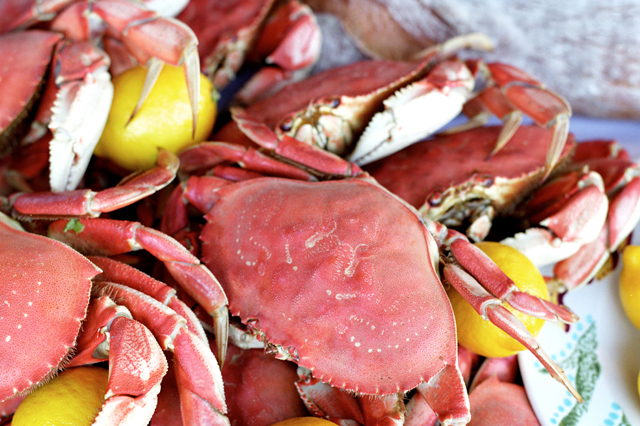
Back in the city, the restaurants and former beatnik meccas of North Beach demand a few hours of your curiosity. That temple of perennial beatdom, City Lights Bookstore (on the corner, appropriately, of Jack Kerouac Street), is de rigueur for literature lovers. Head further down Columbus Avenue and see the striking, wedge-shaped Italianate-Deco building of Francis Ford Coppola’s American Zoetrope film company; within these ornate, verdigris-green walls, films like Apocalypse Now! took shape.

Alternatively, head up Columbus and consider (very carefully) a restaurant called The Stinking Rose, where the fare seems to be garlic everything, with crab or chicken accompaniments. Be adventurous but, if like me you follow a garlic main with garlic ice-cream and garlic wine, don’t expect much closeness for the next few days with anyone who didn’t dine right alongside you.

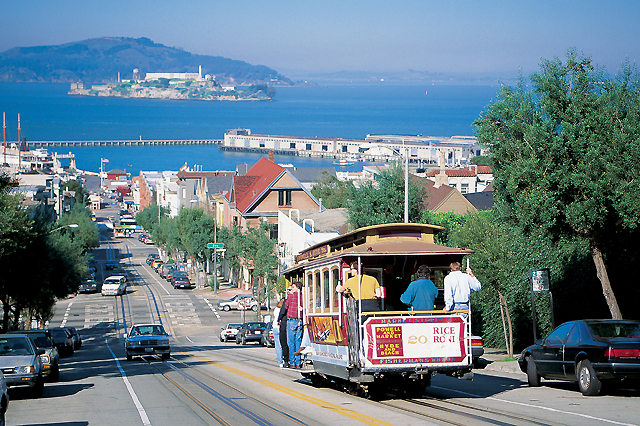

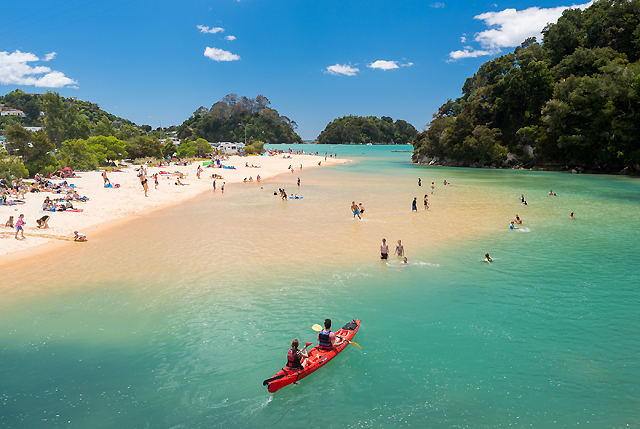
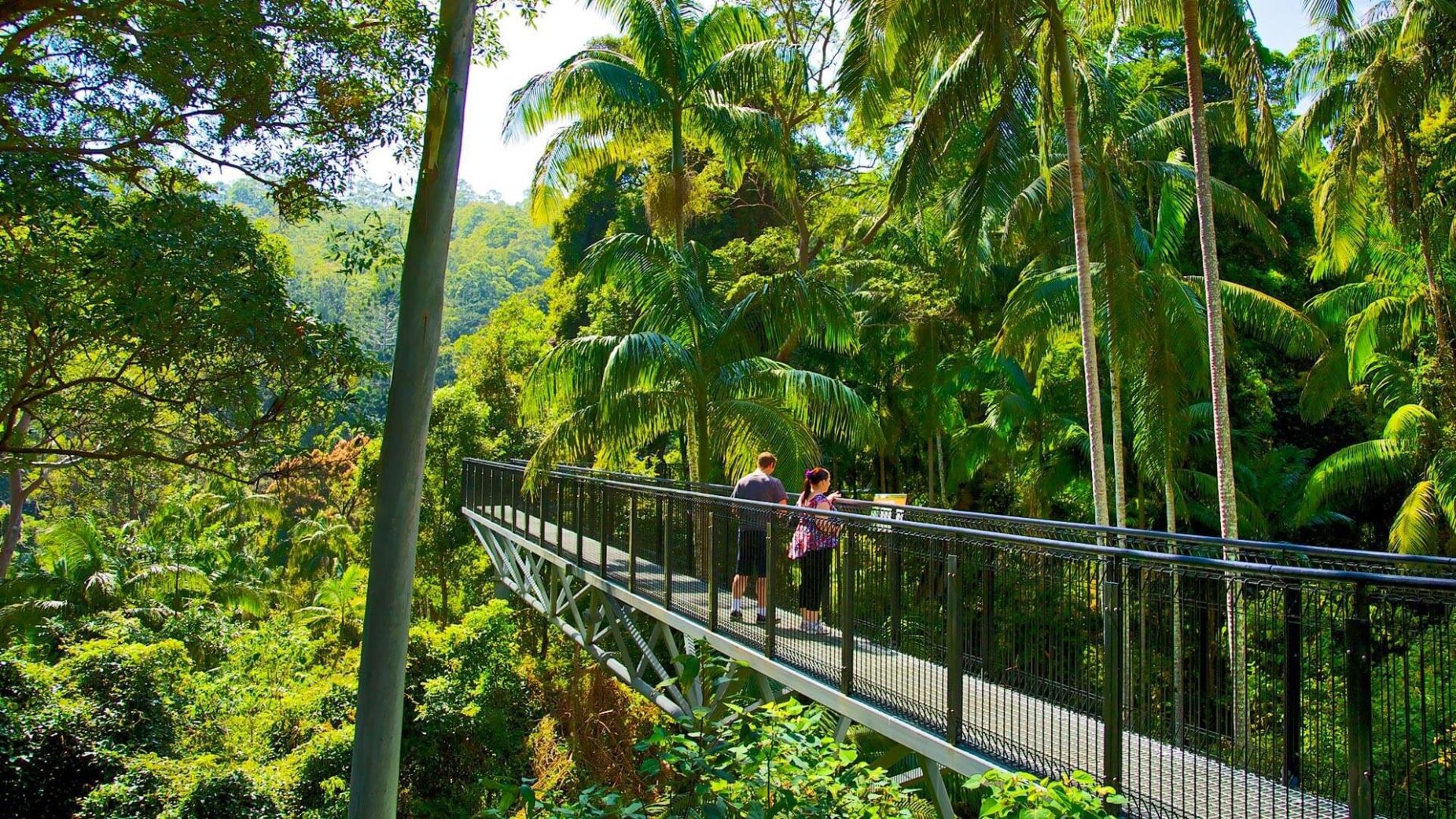
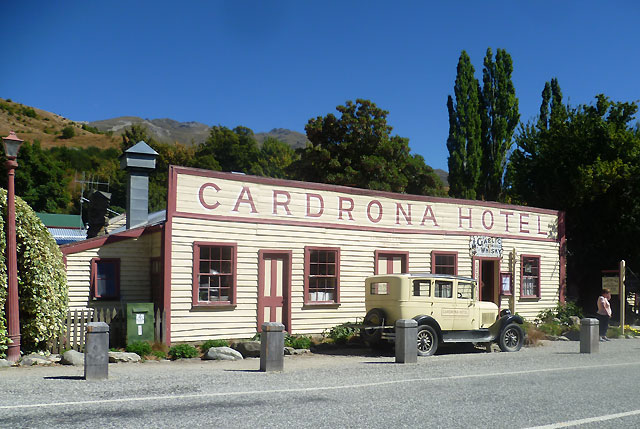

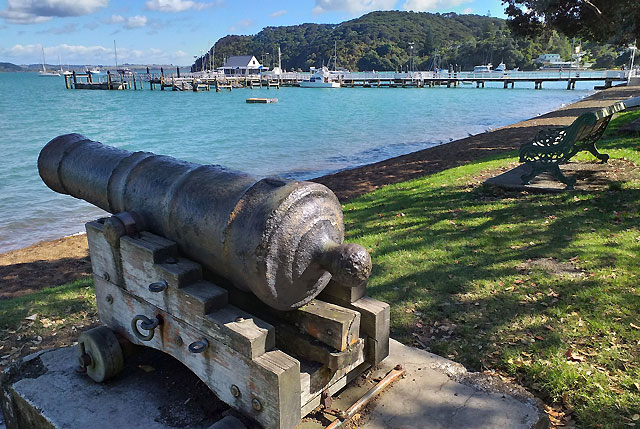
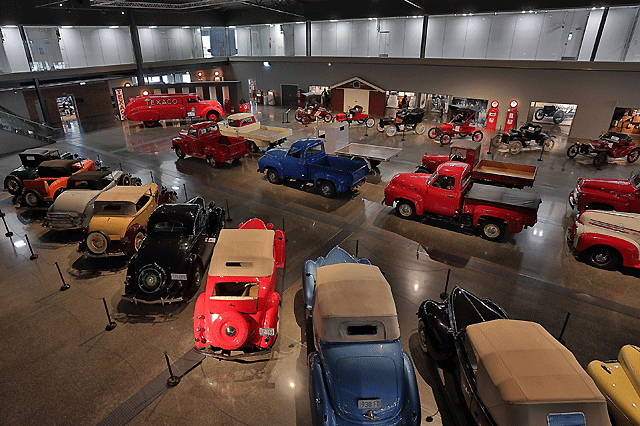




Recent Comments